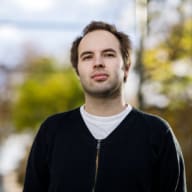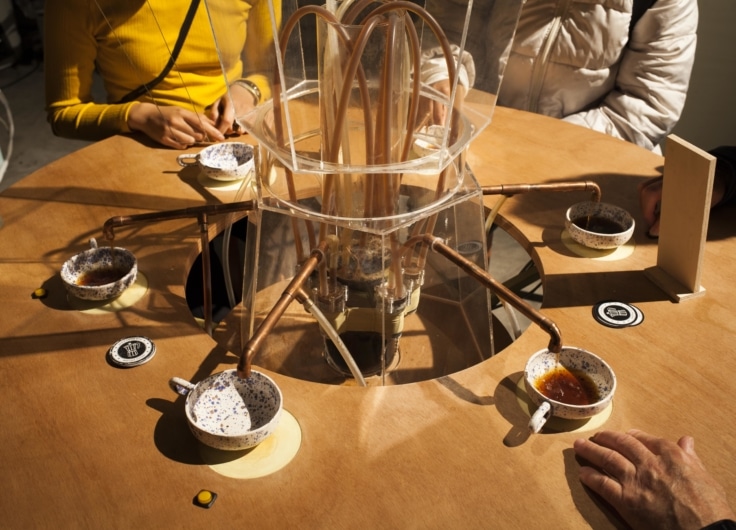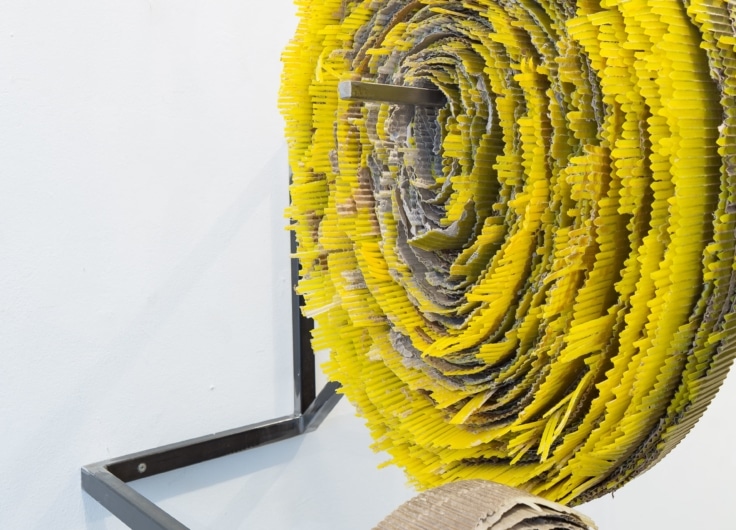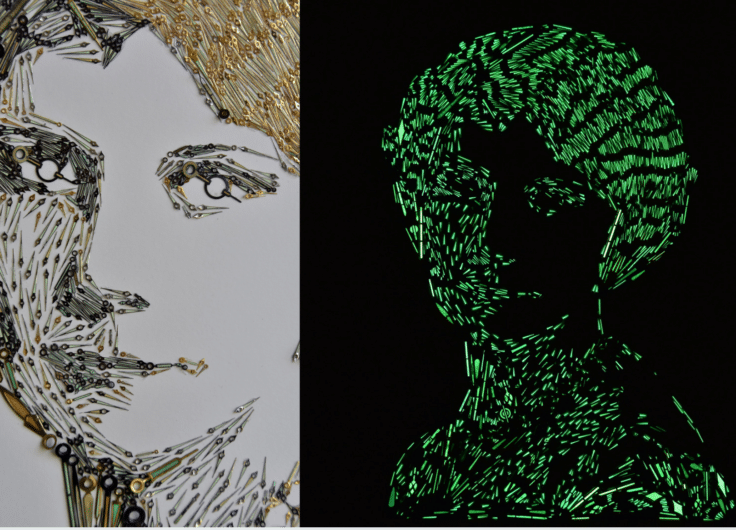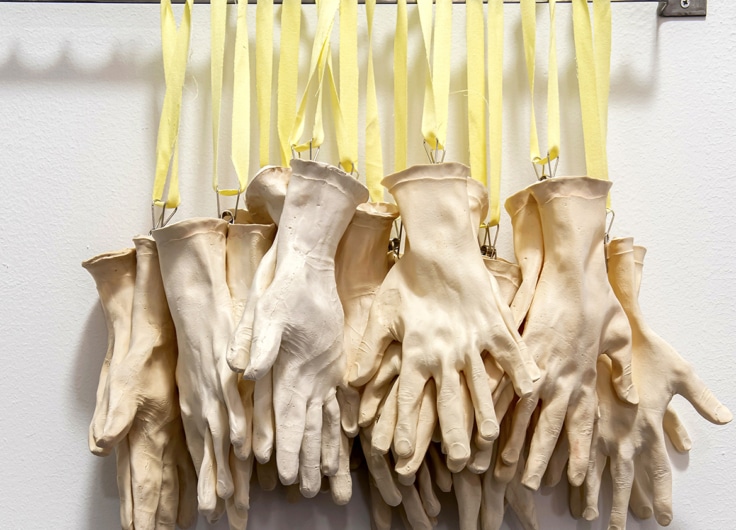Vera Mennens Challenges the Boundaries of Time, Facts and Fiction
Vera Mennens wonders how you can research historiography as an artist. She moves between art and research, between natural landscapes and historical archives. In her video essays, she goes for walks with a long-dead pioneer in the field of nature conservation. In this way, the boundaries between past, present and future blur. But make no mistake: with Mennens the facts remain true – fiction or not.
What is your position as an artist when you are engaged in research? This question concerns Vera Mennens (b. 1991), who obtained a master’s degree in artistic research at the Royal Academy of Art in The Hague. Although fairly established in the art world, this approach is still considered novel outside of it. When asked to state her reason for visiting an archive, she often found there was no checkbox for her to tick.
Factional fiction
Initially, Mennens obtained a bachelor’s degree in documentary photography. For her graduation show, she presented a book of photographs, The story of a small history (2013), based on her own family history. The project deals with the impact of (the closing of) the mines in the Dutch province of Limburg.
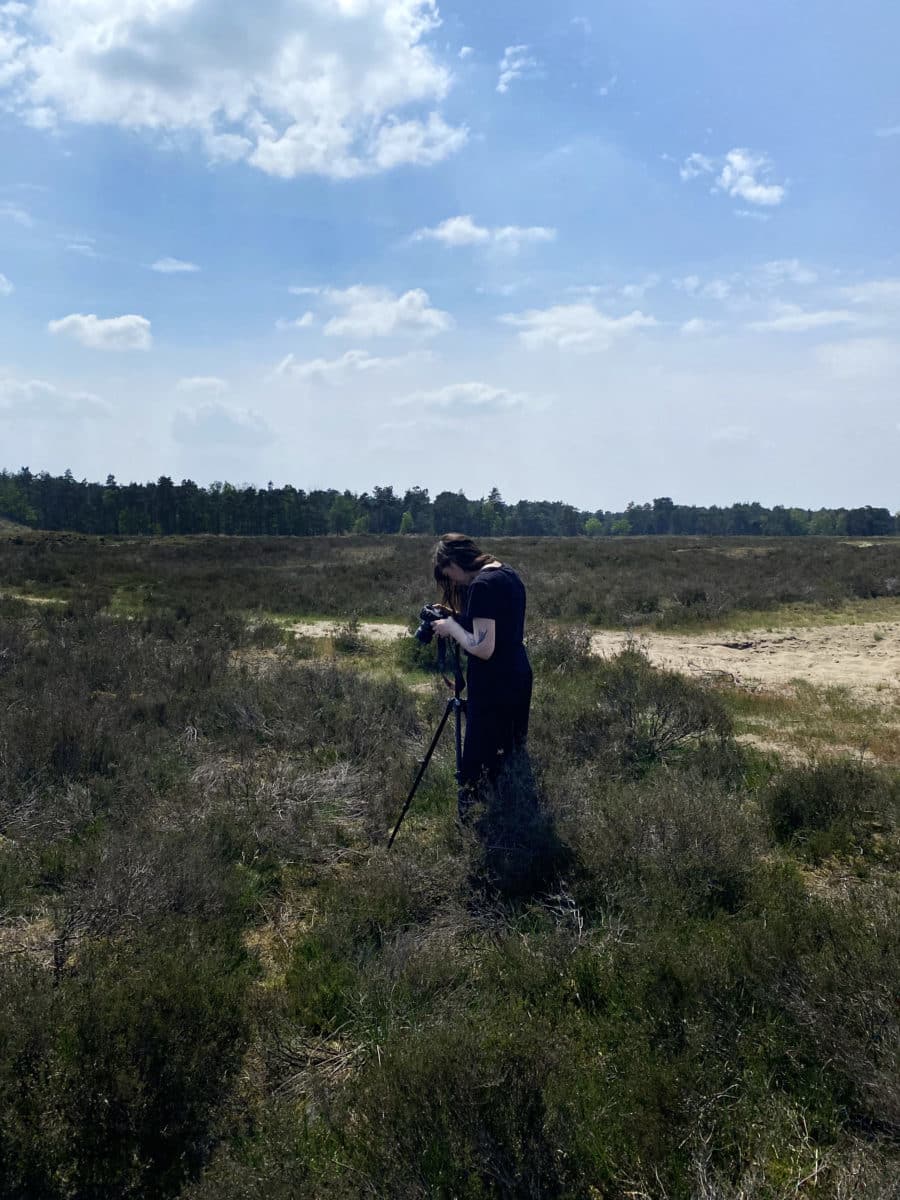 Vera Mennens conducts field research
Vera Mennens conducts field researchIn retrospect, she thinks of the project as typically documentary because this personal approach becomes a method for telling a much larger story, making it more concrete. She achieved this, among other things, by diving into archives and collecting documentation. Archival photos were interspersed with text, including interviews with her grandmother and father. The project expresses a theme that has become increasingly important in her practice: an interest in the gaze through which historiography is constructed. After all, this gaze says a lot about the present.
During her first master’s year, Mennens mainly focused on writing essays, another seemingly contradictory choice after studying photography. Because texts are inherently linear in form, engaging with video was the next logical step. Building on her experience with producing a photo book, she aimed to juxtapose her research more directly with visual material, preferably simultaneously.
The result was a video essay. It is made up of three layers: the spoken essayistic text, the filmed images, and recordings of environmental sounds. She prefers to present these works as immersive installations, supported by headphones.
The video essay also formed the basis for The Three Stages, a multi-part research project she has been principally engaged in since 2017. For this project, Mennens abandoned her familial way of working: instead of searching for what the landscape says about history, she approached it the other way around. The overarching title refers to the past, the present and the future. However, in Mennens’ work these temporal modes are intertwined, like fact and fiction.
As an artist, you have much more freedom when dealing with archival material and other sources
Evidently, that is how artistic research deviates from ‘normal’ research practice: as an artist, you have much more freedom when dealing with archival material and other sources. At the same time, she finds it important to act responsibly: however freely she may treat the material, the facts have to be right. That is why she likes to collaborate with experts at institutes such as the Naturalis Biodiversity Center Leiden and De Heimans and Thijsse Stichting.
Nature flanking the archive
The video essay that kicks off the project, The Meeting, is a prime example of how fluid Mennens’ work is. Initially, you look at and listen to, a nature reserve. Simultaneously, somebody talks about her long walk through the landscape. She is searching for the grave of a mysterious “you”, which seems nearby. Could she be talking about nature itself?
Although Mennens leaves space for this interpretation, her interlocutor is inspired by Eli Heimans (1861-1914). This Jewish-Dutch writer and teacher is seen by some as an early proponent of popular scientific literature, making field biology accessible to a wider audience. In addition, he was a co-founder of the Dutch nature conservation organisation. In The Three Stages, Mennens regularly addresses Heimans directly, as if he is still there or potentially could be. However, he never enters the picture.
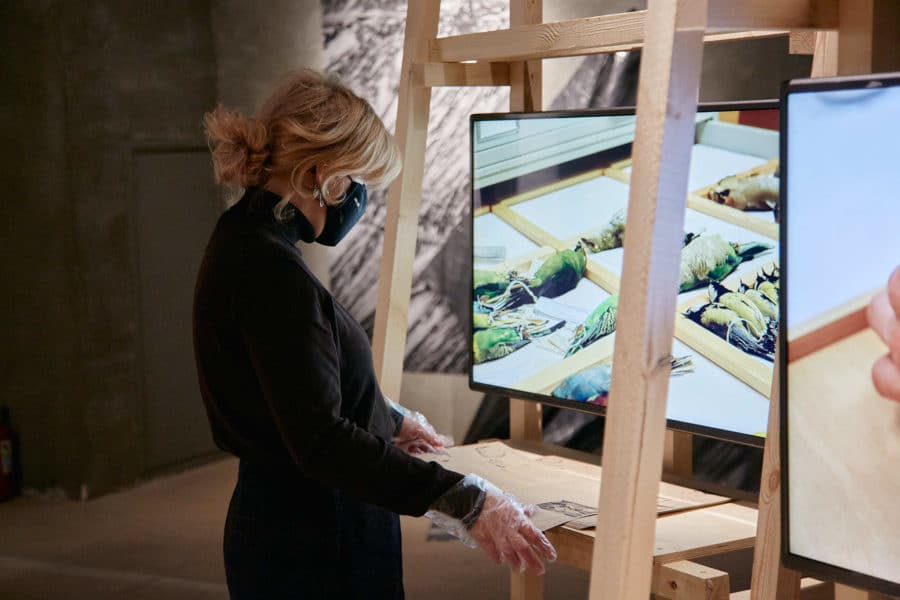 The Three Stages in the Na Peschanoy Gallery Moscow, 2020
The Three Stages in the Na Peschanoy Gallery Moscow, 2020© Na Peschanoy Gallery
What you see instead is nature and archive footage. The pace is often quite slow because there is ample attention to detail. For example, The Meeting is visually concerned with the shapes of leaves and the droplets that cover them. Together with the cinematic movement inherent to video, the impression of being on a walk emerges. This is aided by the narrator’s relay of being “on her way somewhere.” When she locates the grave she mainly feels discomfort: ‘Once there I don’t know what to do. What should I think about? … Can it even be called a meeting when the other remains silent?’ Meanwhile, the leaves slowly give way to a microscope, while the voice continues talking about her journey.
Mennens raises the question: 'What is real nature?'
Later on, Mennens shows Heimans’ preserved stone collection. Again, we are presented with an archival methodology: filming the moment of access to the archive and allocating it within the video essay. In this way, nature and archive are given the same importance; the past and present become contiguous. In doing so, Mennens implicitly raises a question – one she resolves to ask directly in the next video: ‘What is real nature?’ In doing so she zooms out and seeks a connection to major themes. In this video, called Between Mountain and Sea (2020), she once again walks in Heimans’ footsteps while being in conversation with him.
In that sense, The Three Stages is an inverted version of her documentary photography: she departs from general, abstract questions and spins them gradually into a personal narrative.
Manufactured Landscape
In Between Mountain and Sea Mennens again combines the imagery of nature reserves with archive material. They seem to merge even more clearly than in The Meeting, especially in a powerful shot of stuffed, colourful birds. They rest in rows, in a grid-like set-up, with an information card tied to their leg – all the while the voice describes a landscape. This scene in particular exemplifies the uneasy ambiguity of Mennens’ video essays. The images are absolutely beautiful, so close to the ‘skin’ that it seems as if you are there yourself. It is tempting to think that you are looking at an untouched landscape.
Mennens notes that what is nowadays commonly thought of as nature in the Netherlands, is ultimately culture. The landscape has been adapted to something akin to the wilderness, but one where your movements are not restricted. Heimans’ contemporary Willem Kloos summarised this attitude to nature – which continues to this day – perhaps best: ‘Nature is beautiful, but I must have something to drink with it.’
For example, there is often a parking space not too far away, to serve hikers who visit the wilderness by car. Similarly, Mennens’ attentive camerawork allows – quite literally – only for perceiving a partial narrative.
Mennens notes that what is nowadays commonly thought of as nature in the Netherlands, is ultimately culture
According to Mennens, Heimans would look with great sadness upon the evolution of these landscapes. She notes that he wrote his lyrics during the second Industrial Revolution. The circumstances at the time are comparable to those of today: although nature conservation has continued to grow and professionalize in the Netherlands, depletion and pollution have likewise continued to increase.
Similarly, the boundaries between past, present and future in The Three Stages become porous. Perhaps Heimans is not so much an invisible ghost in these videos but merely walks a short distance ahead of the camera.

